With Lolita, Stanley Kubrick and Peter Sellers seemed to have conspired to trap and hound their players on screen. Kubrick with his camera, style and irreverence; Sellers with his clever, often improvised conscience-cracking pursuit of the tortured romantic intellectual James Mason.
In various disguises, Sellers’ hipster Claire Quilty follows Mason’s lovesick academic Humbert Humbert from town to town, school to school, motel to motel, house to house almost as a fully realized figment of Humbert’s guilty conscience – a guy just running around, like some cool Dostoyevskian double; a riddling reminder of his rationalized desire soiling his poetic, abiding love. The chameleon/impersonator vulgarian Quilty, a rival who knows exactly what the more “distinguished” Humbert is: a pervert. No love poems or odes to that light of his life are going to change that, nor will it make him stop pursuing that lovely blonde fire of his loins, for he’s an exploiter too. And that bedevils Humbert as he holds his unacceptable amour so tightly to his heart. Only death will make the devil stop watching, talking, reminding and bizarrely deconstructing. As such, even Quilty’s not going to make it out alive. But like a camera, he reveals, he notices and he also mocks.
Says Quilty (impersonating a police officer): “I notice human individuals – and I noticed your face. I said to myself when I saw you – I said, ‘That’s a guy with the most normal-looking face I ever saw in my life…’ It’s great to see a normal face because I’m a normal guy. It would be great for two normal guys like us to get together and talk about world events – you know, in a normal sort of way… May I say one other thing to you? It’s really on my mind. I’ve been thinking about it quite a lot. I noticed when you was checking in, you had a lovely, pretty little girl with you. She was really lovely. As a matter of fact, she wasn’t so little, come to think of it. She was fairly tall, what I mean, taller than little, you know what I mean. But, uh, she was really lovely. I wish I had a lovely, pretty tall, lovely little girl like that, I mean… Your daughter? Gee, isn’t it great to have a lovely, tall, pretty little, small daughter like that, it’s really wonderful.”
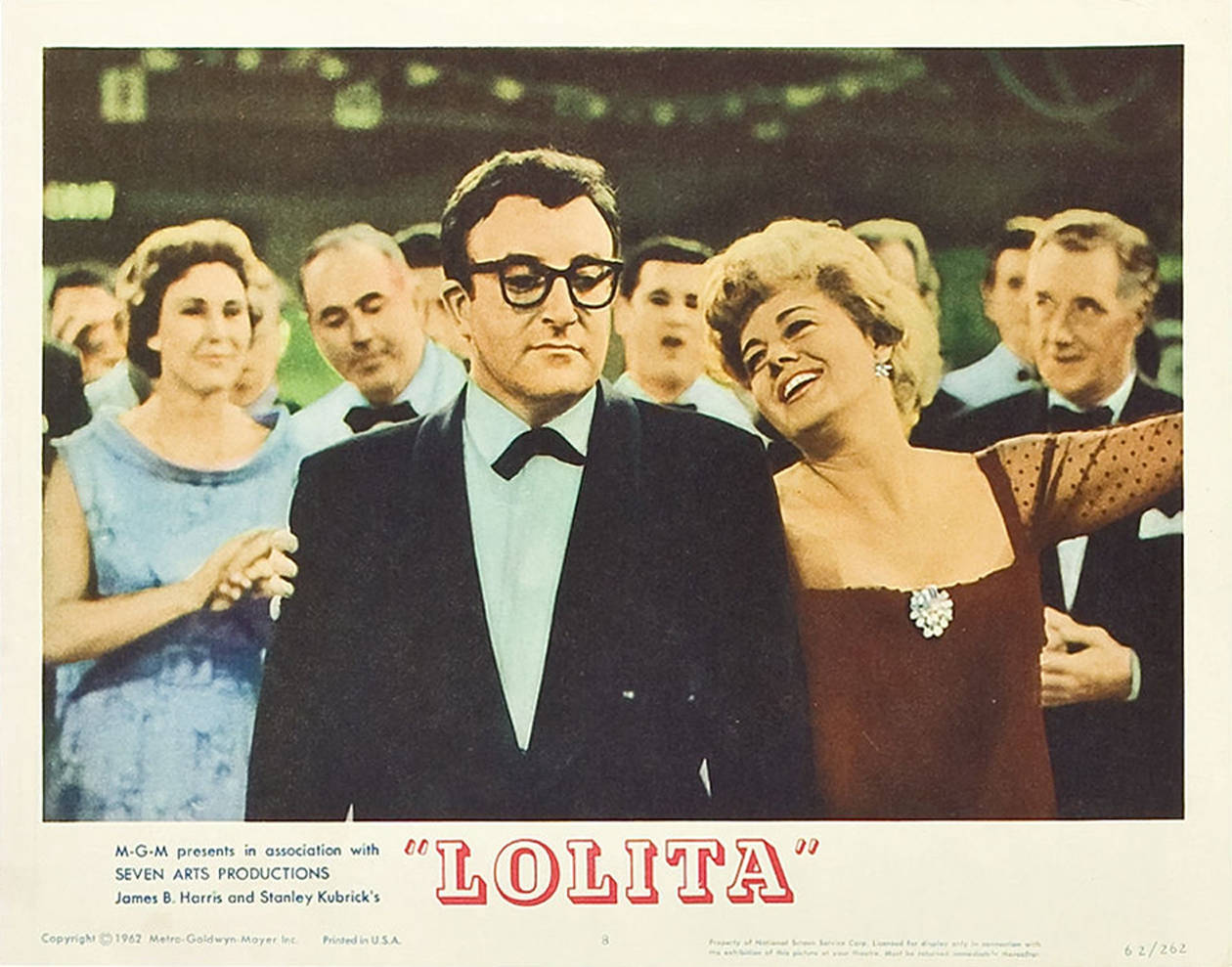
Kubrick obviously notices too (it’s his job, his art) taunting “normal” like Quilty and taking in Humbert’s handsome, haunted face, making him both constantly stricken, intelligent but pretentious and stupidly, pathetically lovesick. And then, of course, the iconic introduction of Lolita (a brilliant Sue Lyon) in hat, sunglasses and bikini, Nelson Riddle’s “Lolita Ya Ya” gently mocking Humbert’s heart – that’s a picture no one ever forgets. She’s a beautiful “normal” teenage girl, but through Humbert’s eyes, she’s love at first sight (viewers feel this gasp as well). Kubrick snapped those observations beautifully, first through his innate, precocious talent with photography (he started early, a teenager himself at age 17, the youngest staff photographer at LOOK Magazine; he likely saw a lot of weird adult behavior through young eyes). As I’ve written about Kubrick’s photography in previous pieces, notably Killer’s Kiss, Young Kubrick “honed his craft on the street and in the darkroom – lighting, composition and of course, drama – the drama of life and how to capture it in an image – sometimes made surreal by the sheer intensity of reality.” Humbert looking at “normal” pretty America girl Dolores Haze is an intense reality.
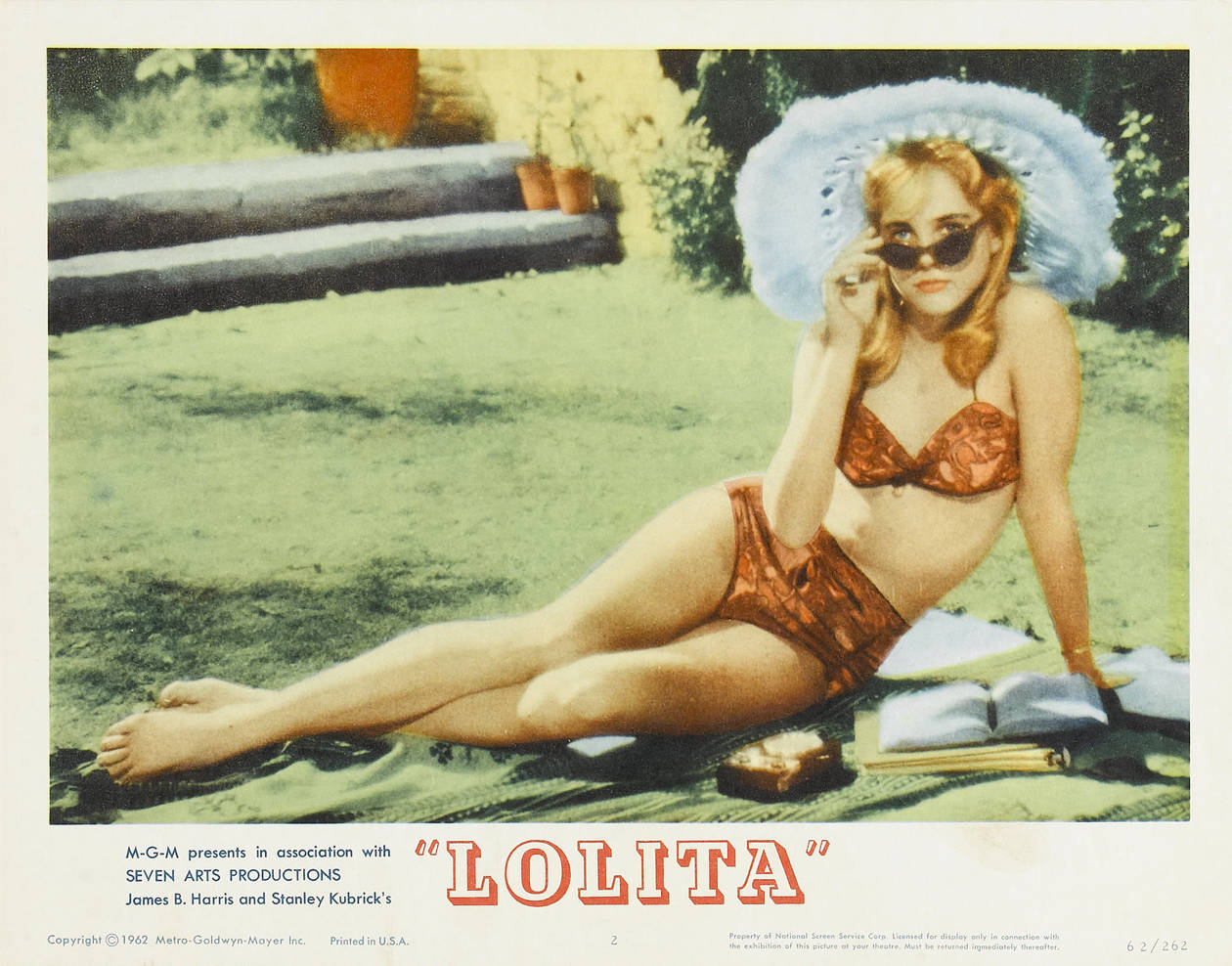
And reality is so heightened in Lolita (adapted, with changes, from Vladimir Nabokov’s masterpiece) that the absurd, but perfectly absurd Claire Quilty enters the picture relentlessly (Pauline Kael aptly called Sellers’ performance surrealist – it is), and his strange, often nasty humor finds himself at a high school dance as if this is perfectly normal. It’s not. And yet it is. There’s always some “cool” exploiter hanging around teenage girls (just ask one). Being a young teenage girl is one “normal,” bumbling, bizarre, crush-worthy, inappropriate, terrifying pass after another – and many girls, like Dolores Haze, are so used to it, they roll their eyes and sip on their soda, demanding a sandwich with lots of mayonnaise because, why not? It’s not like these lecherous looks and embarrassing odes of love are going to stop. Eat all of their bacon while you’re at it too. Some might think that’s flippant on the filmmaker’s part, but to me, Sue Lyon’s Lolita, mixed-up and fatherless, attracted and flattered but also mockingly amused, is doing what she can to survive through all this.
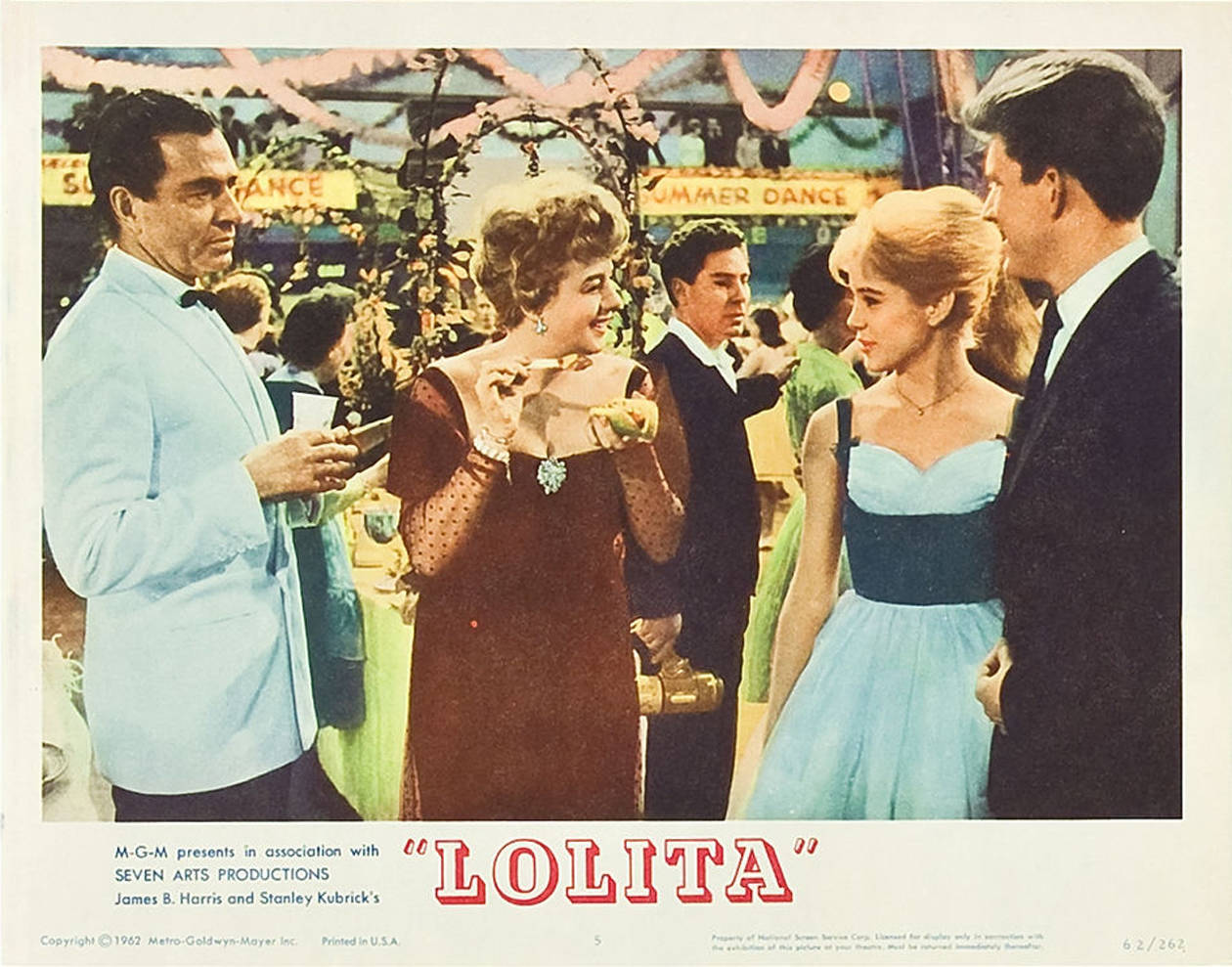
She’s also utilizing a power that is admirable, but will hurt her in the end. A lot of girls struggle with this power as men wind up blaming them for that very power they were so enamored with in the first place. Humbert is “forgiving,” which has marked him (with much understandable argument) as the unreliable narrator/tragic romantic hero of the story (particularly the novel). Is this a love story? It is on Humbert’s end of it, but not really Lolita’s. Clearly it’s not that simple. And, even past her female prime (to Humbert’s abnormal age range) and pregnant, he still loves her. From the novel: “I insist the world know how much I loved my Lolita, this Lolita, pale and polluted, and big with another’s child, but still gray-eyed, still sooty-lashed, still auburn and almond, still Carmencita, still mine… even if those eyes of hers would fade to myopic fish, and her nipples swell and crack, and her lovely young velvety delicate delta be tainted and torn…” But, she’s not going to return to him.
Working from the novel (published in the U.S. in 1958), one of the greatest novels ever written (Nabokov did get a screenplay credit, he wasn’t entirely thrilled with the movie), Kubrick’s Lolita faced scrutiny on many fronts: For being obscene, for not being obscene enough, for changing the novel, for not being as brilliant as the novel, and for the casting of Sue Lyon, who was upped two years (Nabokov’s 12 to Kubrick’s 14). In the book, Humbert is not fond of the “older” girls – coeds: “There are few physiques I loathe more than the heavy low-slung pelvis, thick calves and deplorable complexion of the average coed (in whom I see, maybe, the coffin of coarse female flesh within which my nymphets are buried alive).”
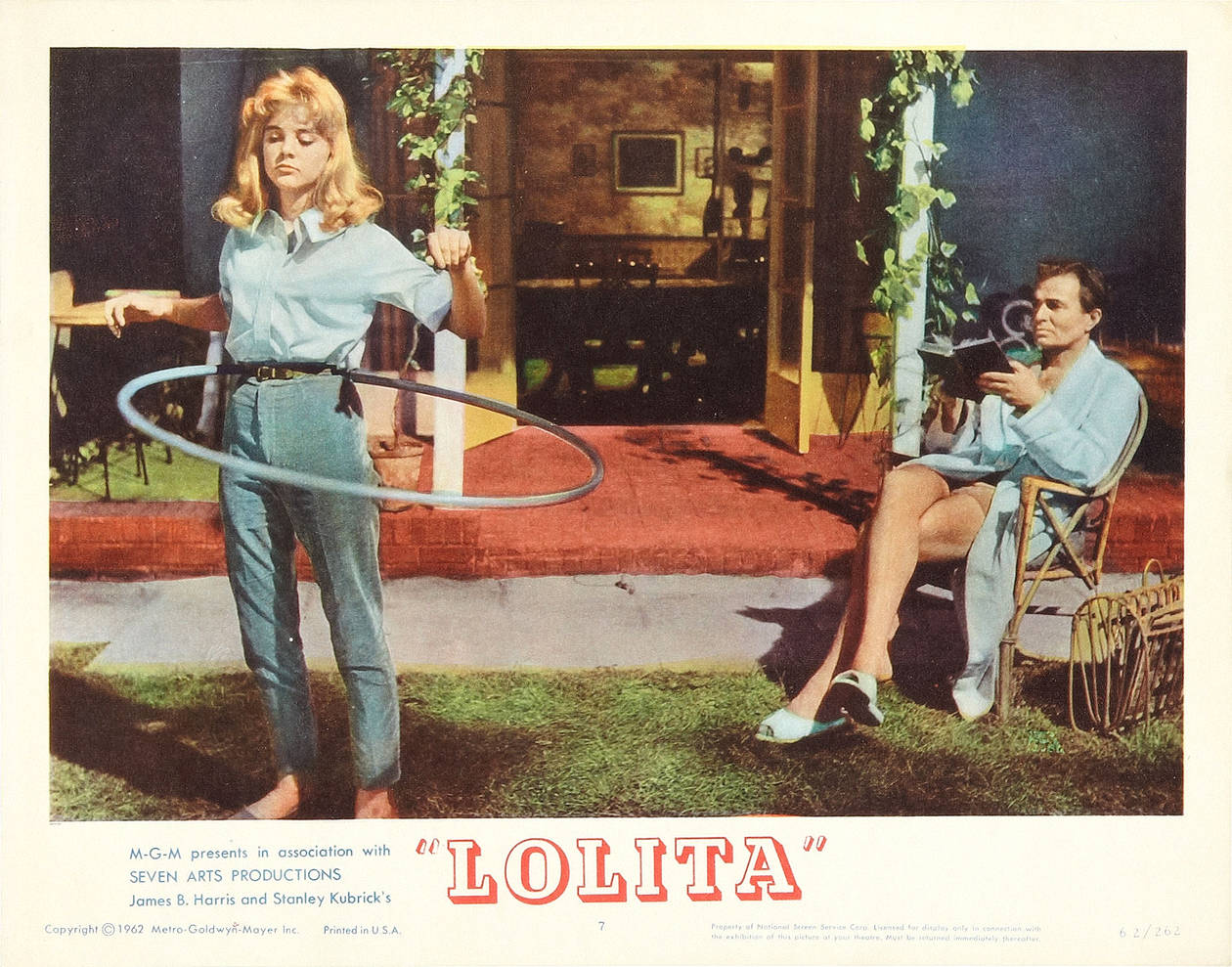
To Nabokov’s Humbert, Lyon would be on the precipice of being trapped in that flesh coffin and some critics thought she was too, well, understandably sexy; they didn’t feel uncomfortable about this young woman. The New York Times’ Bosley Crowther wrote of Lyon: “She looks to be a good 17 years old, possessed of a striking figure and a devilishly haughty teen-age air. The distinction is fine, we will grant you, but she is definitely not a ‘nymphet.’ As played by Sue Lyon, a newcomer, she reminds one of Carroll Baker’s ‘Baby Doll.’ Right away, this removes the factor of perverted desire that is in the book and renders the passion of the hero more normal and understandable.”
“More Normal.” Jeez, well, she was 14-years old when she started the picture, Bosley Crowther, but never mind that. We do understand the attraction. The nymphet was an alluring presence in popular culture (still is), particularly by 1962 when the name “Lolita” conjured up a particular type: Tuesday Weld, who was up for the part (she said, “I didn’t have to play it. I was Lolita.”), Hayley Mills (also a contender) and even James Mason’s own daughter, Portland, whom Mason reportedly requested as an option for young Lo. Yes, James Mason’s own 14-year-old daughter as Lolita. Can you imagine?
While Lyon is more self assured and sexy, not removing Humbert’s pedophilia, but making him more an ephebophile, she is, like Lolita in the novel, a typical young girl eating potato chips, making faces and annoyed with her mother. She’s got Humbert wrapped around her finger while later being sexually abused (even with her consent, law and morality says she’s too young to consent) and trapped by him, all the while her obnoxious mama (a fantastic Shelley Winters, more heightened and physically different from Nabokov’s Charlotte Haze) brays and moans and competes with her daughter (at one point calling Lolita “homely”). Mama Haze has gotta go too – by terrible accident. After losing her mind (you really feel sorry for her at this point) from reading her boarder-turned husband Humbert’s diary (“The Haze woman…the cow…the obnoxious Mama…the brainless baba.”), she runs in the rain and is hit by a car. From then, Humbert is now free to grab Lolita from Camp Climax (lots of double entendres in the picture), take her on the road, consummate the union, finally inform her of her mother’s passing (It takes him a while. Lolita sobs) and settle down with his stepdaughter with a position at Beardsley College. She goes to school, hangs out with friends (at the Frigid Queen) and continually upsets him for trying to have a normal teenage life. This is all not normal, but like any toxic relationship, he’s pushing her away with his insufferable jealousy and controlling rules. Lolita spits: “You’re driving me crazy. You won’t let me do anything. You just want to keep me locked up with you in this filthy house! Someday you’re going to regret this. You’ll be sorry…” He is.
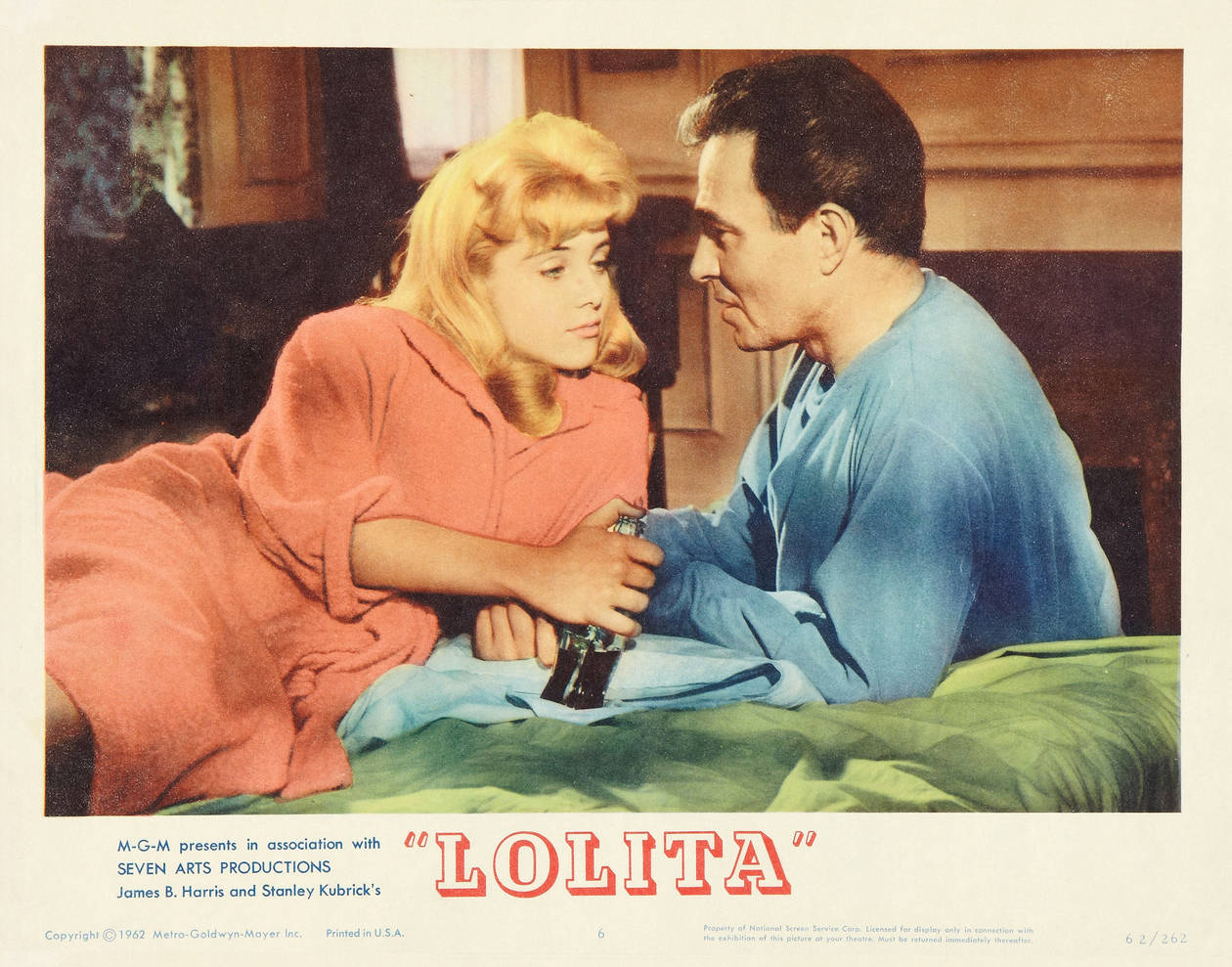
Where can she go? To Claire Quilty, the only guy she’s really crazy about, as she says, a man who lives in a perverse pleasure dome of, not romance, but potential porno movies (she won’t make one) and one who seems to be sitting in a director’s chair right next to Kubrick. Kubrick and Sellers got under the skin of Humbert/Mason and Charlotte/Winters, the two “parents,” perhaps to heighten how silly and tragic their fate is on screen.
As written in David Hughes’ “The Complete Kubrick”:
“On more than one occasion, Mason stormed off the set, infuriated either by Sellers’ spontaneity or his own inability to match it. As Shelley Winters later wrote, [‘Peter] seemed to be acting on a different planet.’ Indeed, Winters found difficulties making a connection with both Sellers and Mason, but, although she frequently brought this to Kubrick’s attention, the director did nothing to alleviate her isolation. ‘Whenever I complained to Kubrick about trying to connect with my two leading men, he would agree with me,’ she recounted. ‘But he didn’t change their performances, and this very frustration that I had in real life was what was so sad and funny about Charlotte. I never felt anyone was listening to me when I talked.’ She added, ‘Again, I didn’t understand the lonely quality it gave [my character] until I saw the film.’”
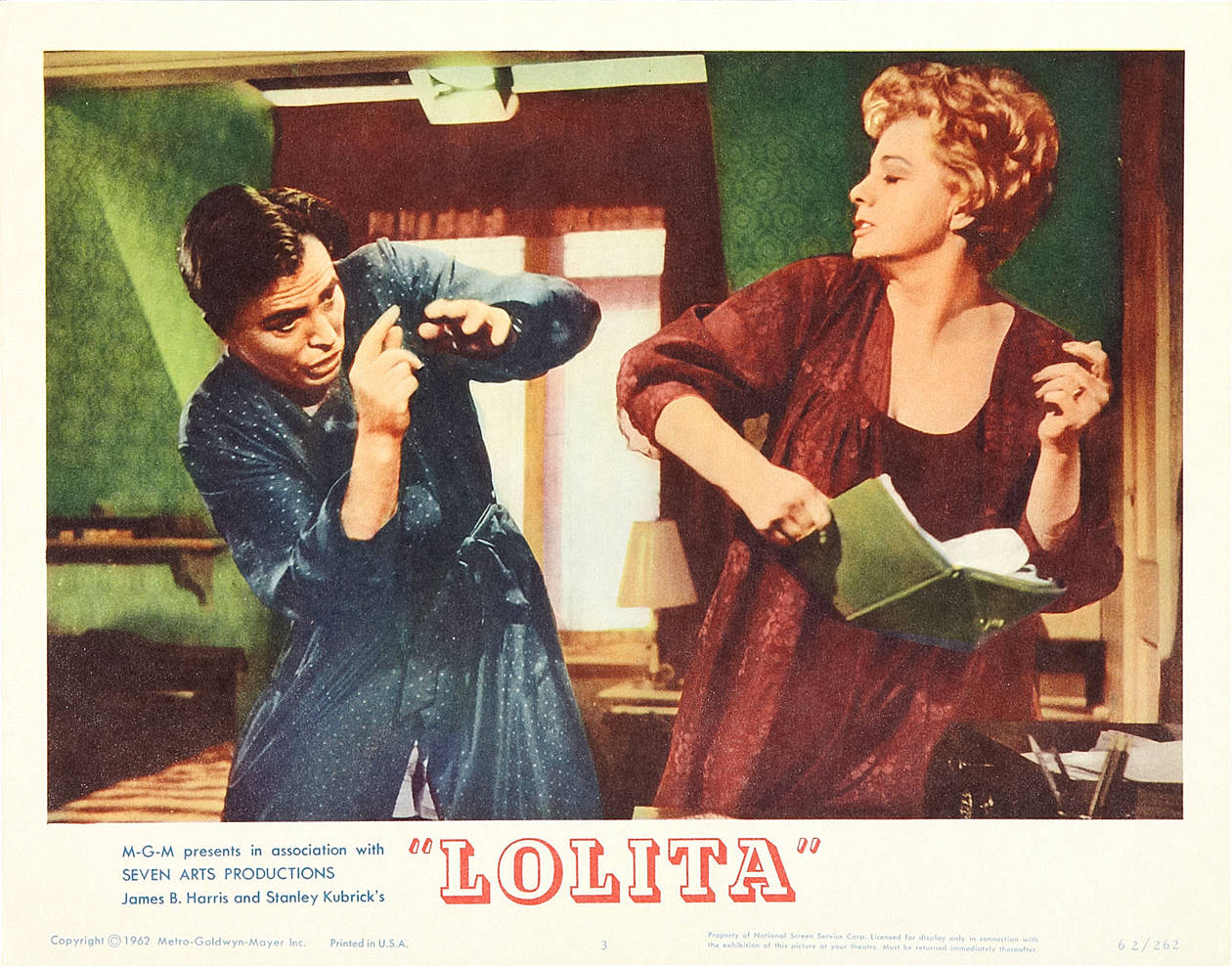
So Lolita flees those parents – through Charlotte’s death, through the lure of Quilty and then, through marriage and pregnancy. She’ll die (in the novel), but you feel that pall hanging over her in the film whether in epilogue or not. It’s heartbreaking and ridiculous, because love is often heartbreaking and ridiculous; and also often selfish and hypocritical (“Because you took advantage”). And then there is, again, Kubrick and Sellers, nearly merging into each other, making an in-joke about Kubrick’s other movie, Sellers as Quilty even sounds like Kubrick:
Humbert Humbert: Are you Quilty?
Clare Quilty: No, I’m… Spartacus. You come to free the slaves or sumpn?
Humbert Humbert: Are you Quilty?
Clare Quilty: Yeah, yeah, I’m Quilty, yeah, sure.
“Yeah, sure.” This is all a heightened perverse reality, but many understand it when looking within our desires and darker selves or, for many women, thinking of our own childhoods. And many of us laugh with the darkness. And we hum along… “Ya ya…”


